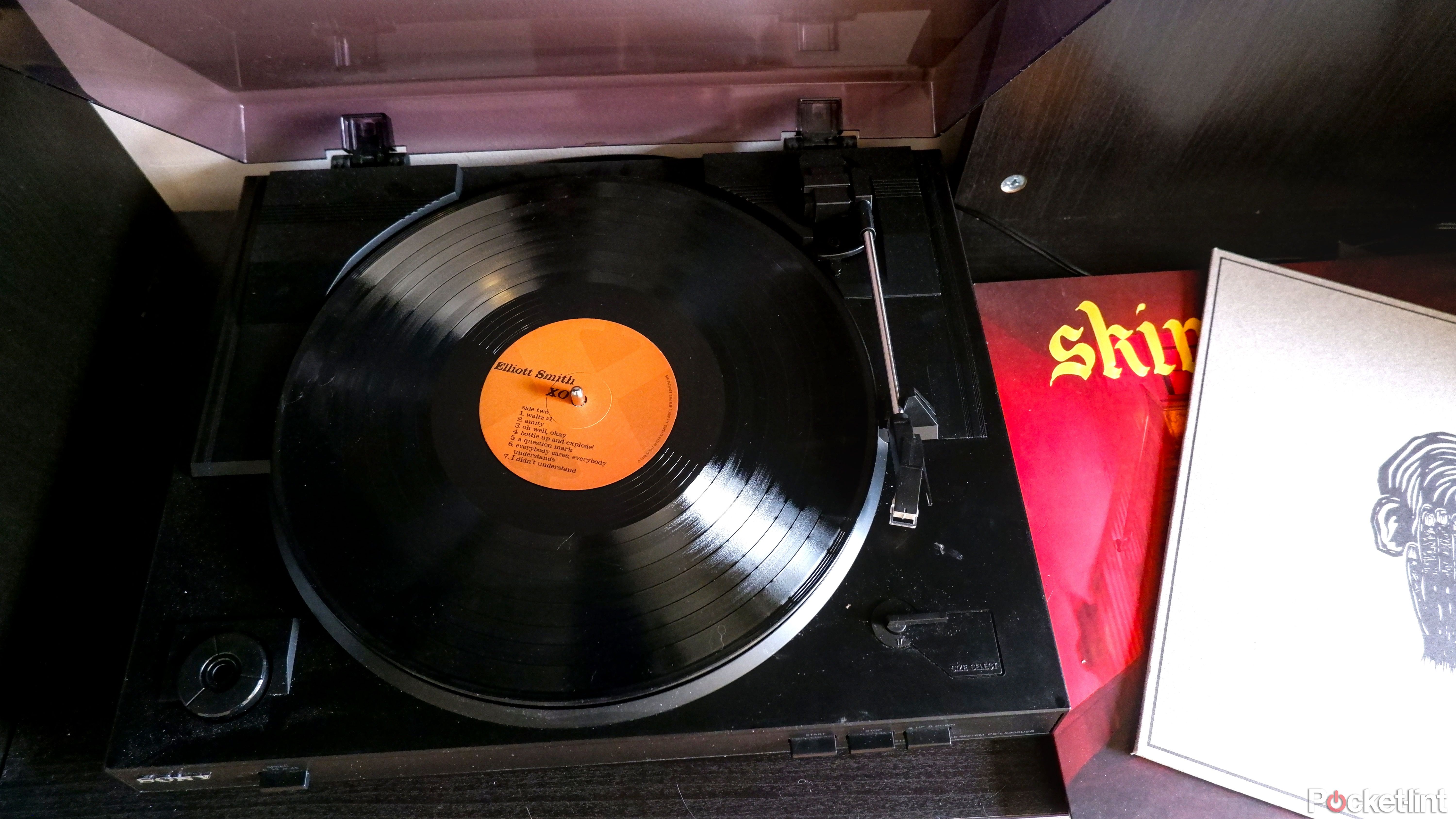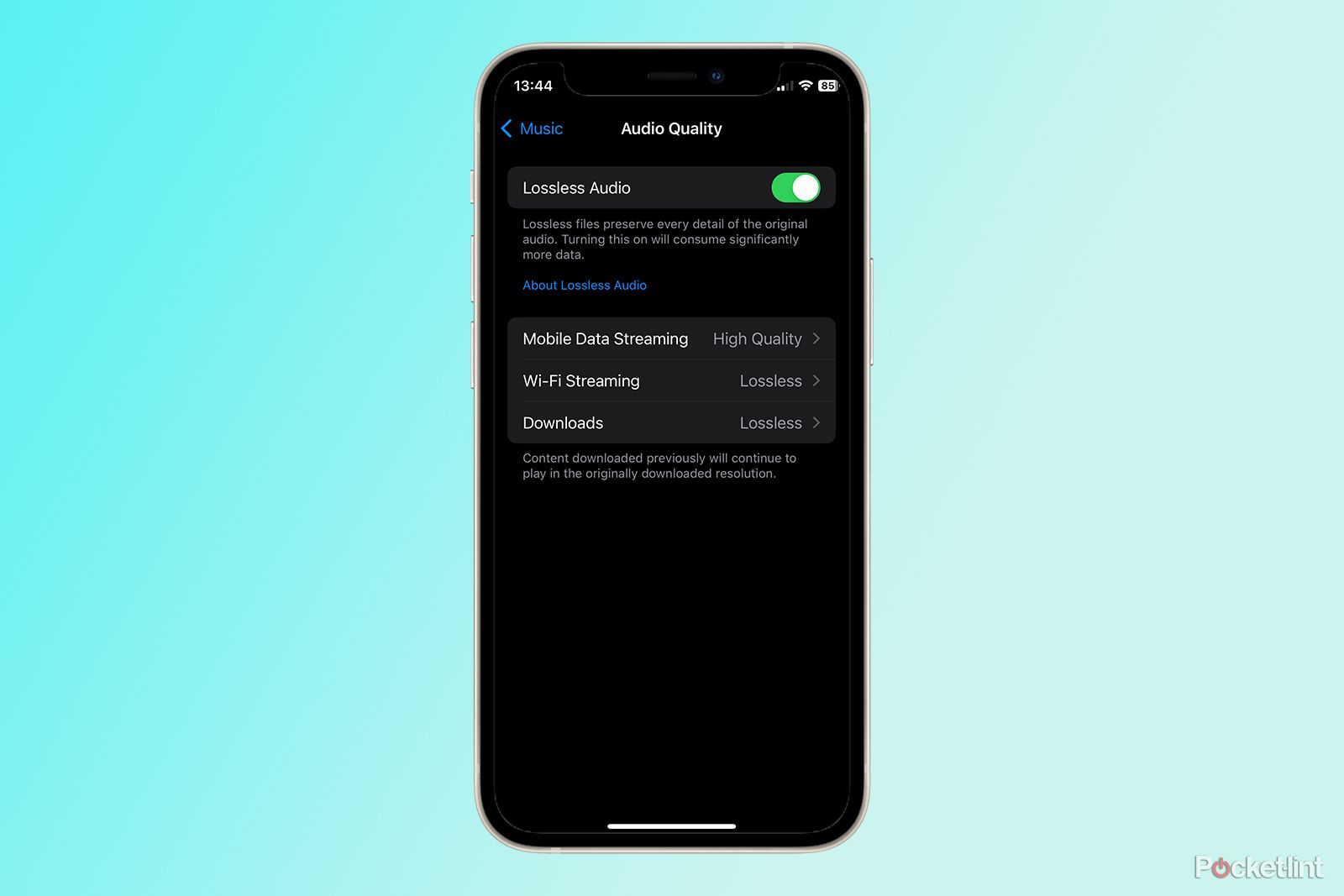Main points
- Lossless audio means retaining the original audio details, providing superior quality compared to lossy formats like MP3.
- To listen to lossless audio, use wired headphones or Wi-Fi speakers. Apple Music and Tidal offer high-quality streaming options.
- Due to bandwidth limitations, most Bluetooth devices do not support lossless audio. Look for wired options for the best audio experience.
Lossless audio is becoming an increasingly common offering on various music streaming platforms, and you might be wondering what’s going on. This term will be familiar to anyone in audiophile circles, but to the average person, it can be a bit mysterious. So what does it actually mean? What do you “lose” by using other types of audio?
Thankfully, the concepts of lossless audio and compression are not difficult to understand with a little explanation. With wired headphones and earbuds making a comeback in audio and fashion, there’s never been a better time to try lossless audio for yourself. To better understand, I’ve broken down the basics of lossless audio so that you know enough about lossless audio to understand the options you have, and exactly how to listen to it.
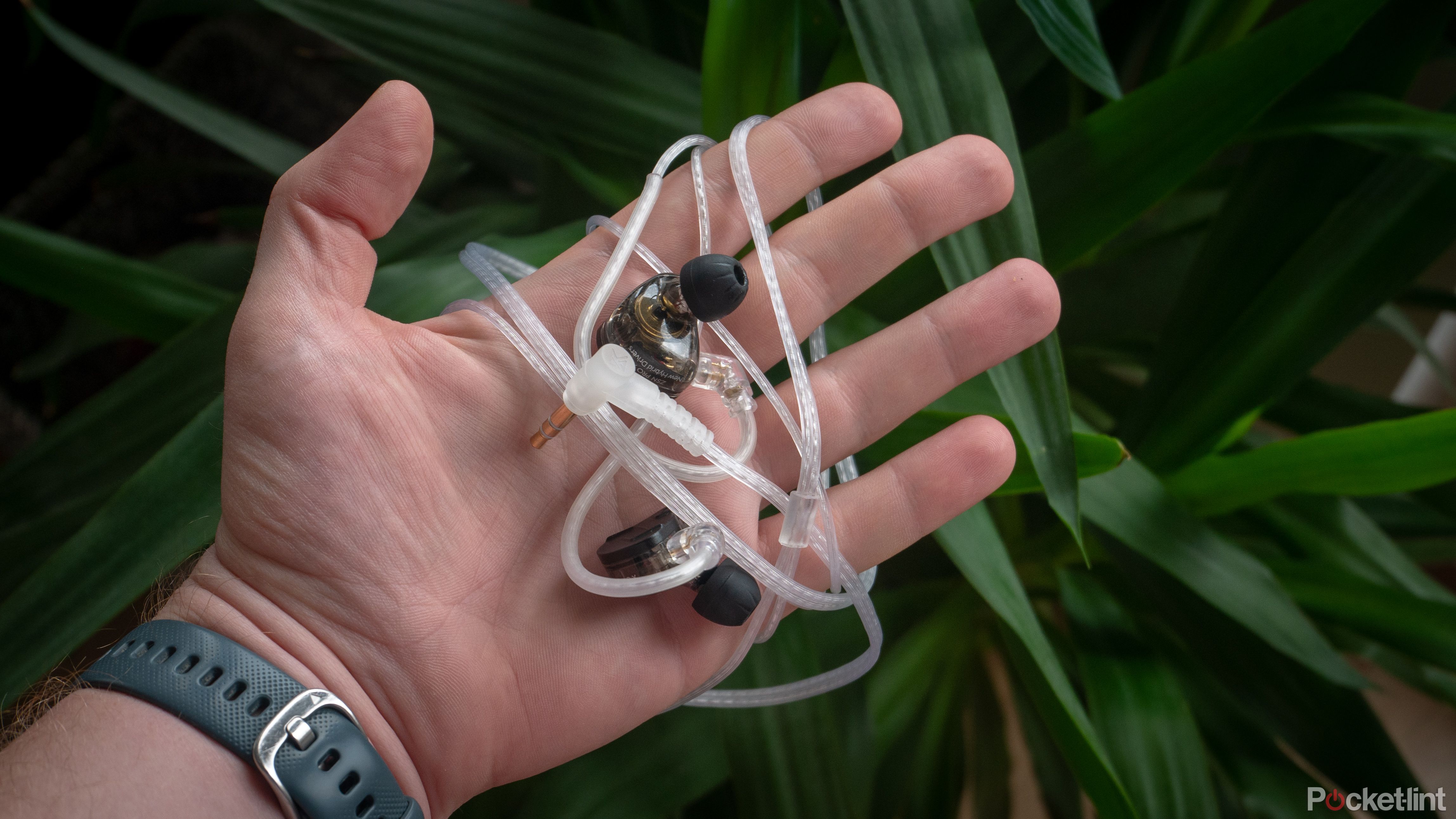
7 reasons why wired headphones are my personal audio choice
Getting rid of cables seems to be the way of the future, but keeping the power cord still has considerable advantages.
What does “lossless” really mean?
Simply put, lossless refers to a type of audio compression that retains the original details of the recorded audio, so you don’t lose detail due to compression like lossy audio formats do. Typically, lossless refers to a bitrate of 1411kbps (16bit/44.1kHz), also known as CD quality, which literally means the quality of music you get on a physical CD.
But higher bitrates than this are available through various streaming services. For example, Apple Music allows you to stream at up to 9216kbps (24-bit/192kHz).
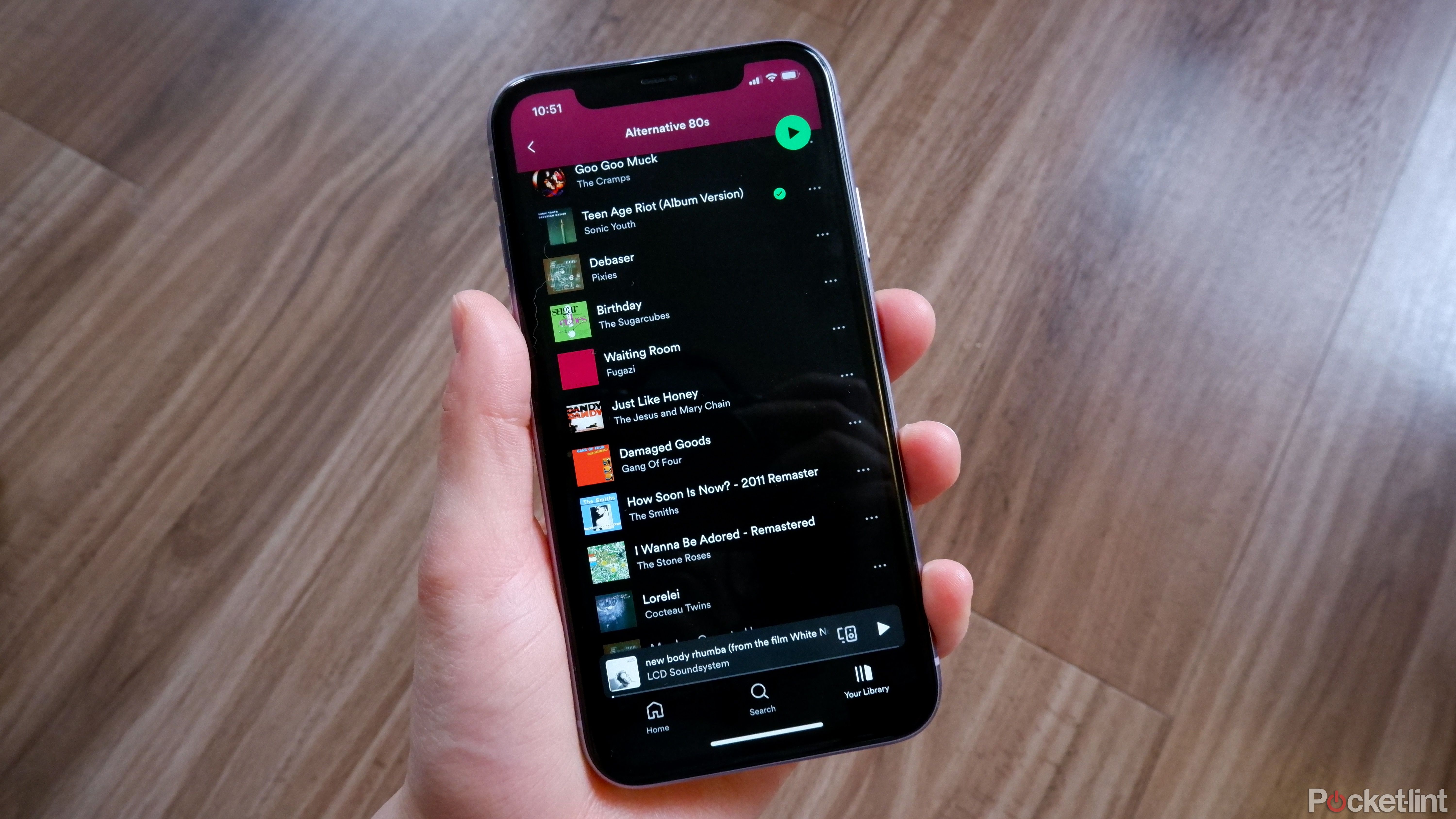
Spotify may launch lossless audio.this is what we know
Spotify HiFi keeps lagging, so what’s causing it?
Compare this to lossy compression formats such as MP3, which have bitrates as high as 320kbps. Lossy files lose data compared to the original format, so you lose some audio data in exchange for a smaller file so it doesn’t take up as much storage space.
Think of lossy files similarly to images, if you’re viewing a raw file or even a low-compression JPEG, you’ll be able to see the image very clearly. But if you compress the file, it will be more pixelated and lose detail while taking up less space.
Think of it like an image, if you’re viewing a raw file or even a low-compression JPEG you’ll be able to see the image very clearly, but if you compress the file it will be more pixelated and lose detail while taking up less device space.
How to listen to lossless audio
You need a wired audio device (such as headphones or speakers) or Wi-Fi speakers to listen to lossless audio.
Using headphones with a wired connection allows you to enjoy lossless audio, and in rare cases you may need a digital-to-analog converter (DAC) if the device has a particularly poor onboard DAC (like some phones)
.
If you hear static or noise while listening to music, you may need a DAC, but most current-generation phones and computers can process audio at that rate, so you may not need a DAC.
If you want to play lossless audio through a pair of speakers, you have a few options. First, you can use speakers with a wired connection, which work the same as using headphones with a wired connection. If you want lossless audio over a wireless connection, you can opt for Wi-Fi-connected speakers like the Apple HomePod Mini or the Sonos Era 100, both of which can handle 24-bit/48kHz bitrates.
When I want to listen to lossless music, I like to listen to physical CDs and vinyl records. I buy vinyl for records that I really like so I can hear the entirety of the track from my record player to my speakers in a fully analog format.
Personally, when I want to listen to lossless music, I like to listen to physical CDs and vinyl records. I buy vinyl for records that I really like so I can hear the entirety of the track from my record player to my speakers in a fully analog format.
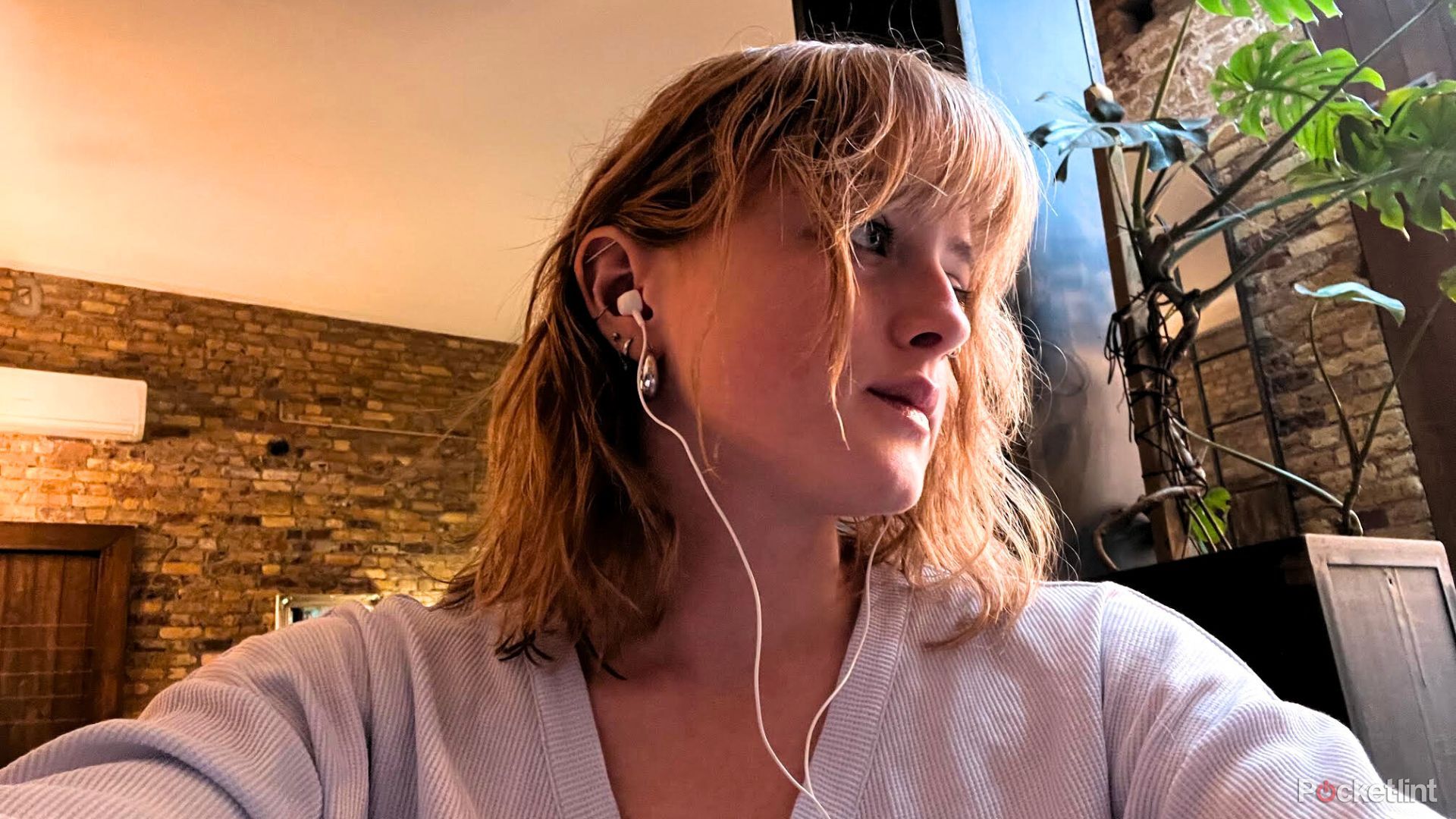
Wired headphones are making a comeback, I don’t know how they feel
In 2016, I was laughed at for not having AirPods, and now young Gen Z thinks AirPods are overrated and wired headphones are cool. what happened?
I still have a lot of CDs that I listened to when I was younger, and I love revisiting them with a CD player and headphones, so I feel a little bit of nostalgia when I listen to higher quality audio.
You can listen to lossless audio on Apple Music or Tidal
If you subscribe to Apple Music, you can turn on lossless audio by going into set up > musicthen select audio quality. There, you can turn it on or off and choose whether you want your music to stream in 24-bit/48kHz or 24-bit/192kHz. When this feature is enabled, your music will automatically stream in lossless format whenever the track is available.
For anyone using Tidal, you can stream music at 16-bit/44.1kHz using the Hi-Fi tier and up to 24-bit/192kHz using the Hi-Fi Plus tier.To set the streaming quality to maximum to listen to lossless audio, go to set up > stream media,you can choose highest quality To listen to the highest quality audio for any given song by default.
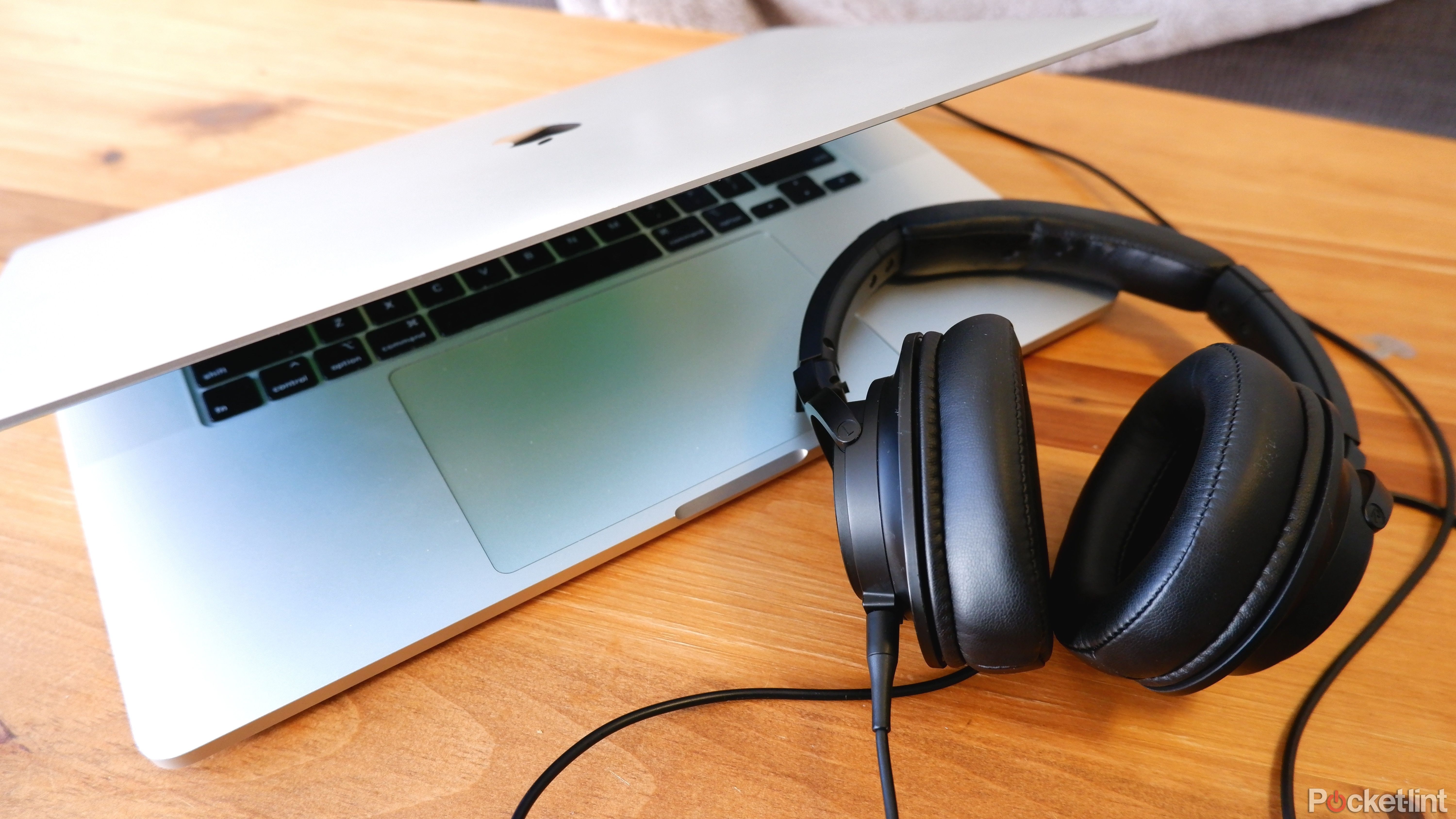
3 Lossless Audio Advantages That Changed My Listening Habits
Not sure how to create lossless audio? As an audiophile, these aspects have not only trained my ears but also enhanced my hearing.
Other streaming services that offer lossless audio
There are a few other services that offer lossless audio, with more to come. Amazon Music Unlimited has an extensive music catalog in FLAC format, and if you have an Amazon Prime membership, you can take advantage of discounts on your subscription. Other streaming services with lossless audio include Qobuz and Deezer, both of which allow you to stream music in FLAC format. If you prefer buying music rather than streaming, physical CDs are your friend. Additionally, you can purchase music directly from artists on Bandcamp or Qobuz.
Spotify announced the launch of Hi-Fi levels in 2021, but as of February 2024, there is still no lossless audio on Spotify.
FAQ
Q: Can I use Bluetooth headphones to listen to lossless audio?
If you listen to audio marked as lossless through a Bluetooth device, you won’t actually get lossless audio. This is because the Bluetooth protocol itself currently does not have the bandwidth to play lossless audio. Most Bluetooth devices only support the AAC and SBC codecs, which only support bitrates up to 320kbps and 328kbps respectively, while devices supporting Sony’s LDAC can transmit bitrates up to 990kbps and aptX Adaptive up to 420kbps. Qualcomm does make a lossless codec called aptX Lossless, but as of now it’s not widely available and streams up to 1200kbps, which isn’t exactly CD quality, so you won’t get the full lossless experience .
Q: Can most people differentiate between lossy and lossless audio?
You most likely won’t be able to tell the difference between a track streaming at 320kbps and one streaming at 1411kbps. The average person is not used to this level of detail, and MP3 quality is what the average listener is most accustomed to. If you get below that into the low-frequency range of MP3 (around 96kbps), you may notice some noise or artifacts in the audio if you listen very carefully. But with regular old MP3s, it’s compressed in such a way that you don’t really lose too much obvious detail.
Q: What is a FLAC file?
In online discussions about lossless audio, you may notice many people mentioning FLAC files. FLAC is an audio codec format used for lossless compression, and it is a widely used format among streaming services that support lossless audio, as well as websites where artists sell their music, such as Bandcamp. Some other audio codecs you may encounter include AAC (a lossy audio format with slightly higher quality than MP3) and ALAC (a lossless codec made by Apple). These codecs support a range of bit depths, so even if they use the same codec, the actual quality may vary from song to song.
